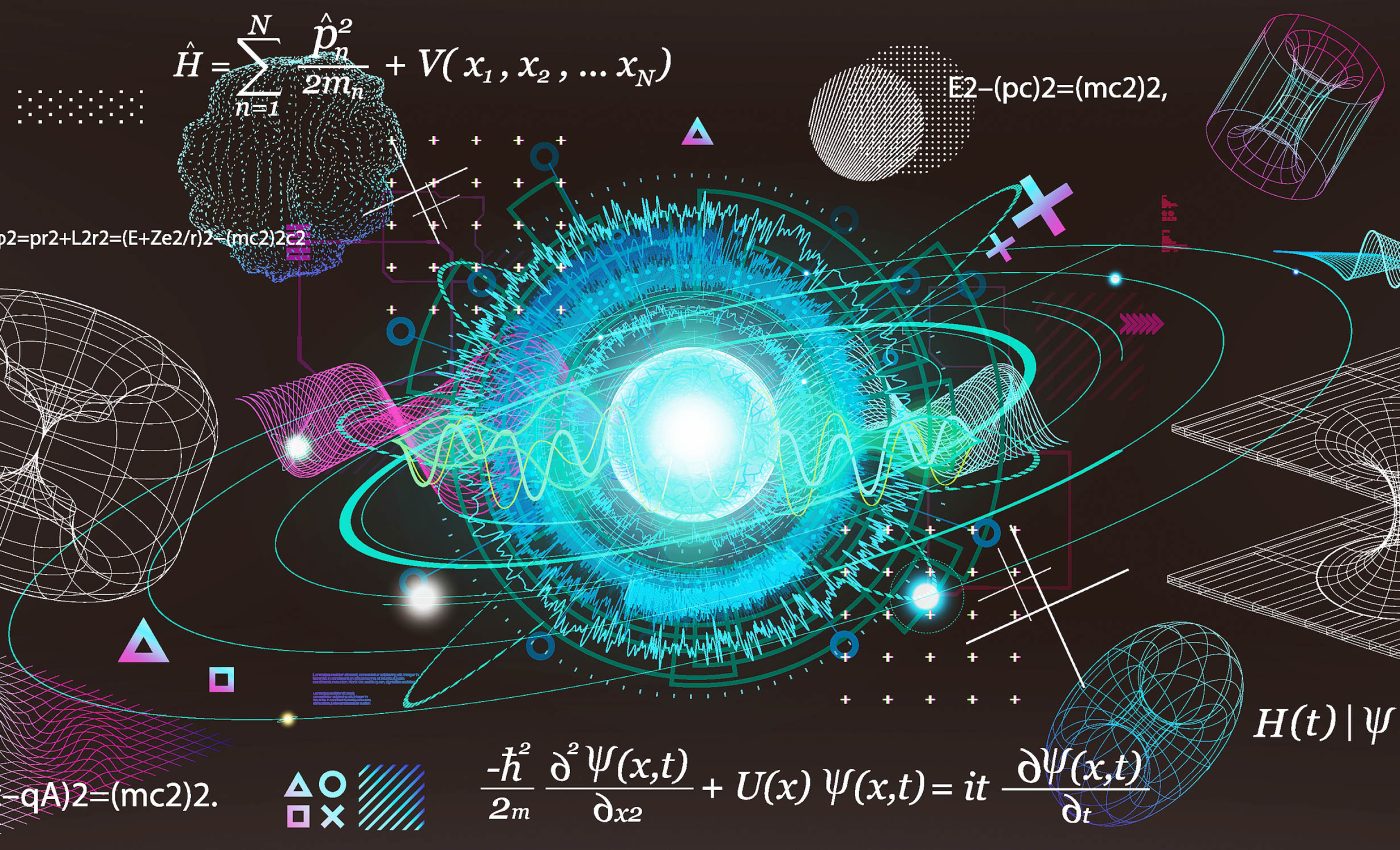
Time has three dimensions and space is just an afterthought, says new theory
Reconciling space and time has been one of the most profound challenges in physics. One of the thorniest is how to stitch together the rules that steer subatomic particles and the rules that sculpt galaxies.
Quantum mechanics nails the small stuff; general relativity nails the large. Yet the two frameworks still talk past each other.
For decades, researchers have tried weaving extra spatial dimensions, exotic particles, or string-like objects into a single narrative. Each attempt solved one snag but left another dangling.
A new proposal shifts focus from space to time, arguing that the clock-ticking we take for granted may be richer – and far stranger – than a single forward march through seconds, minutes, and hours.
Puzzle that refuses to disappear
Quantum theory treats gravity as an afterthought, while relativity makes gravity the stage on which everything plays out.
Reconciling those viewpoints matters for any extreme environment where tiny distances meet titanic mass, such as the heart of a black hole or the earliest split-second after the Big Bang.
Observatories now catch ripples in spacetime from colliding black holes, and particle colliders probe ever-higher energies. A unified picture is therefore no longer an ivory-tower wish.
Fresh take on time and space
After years of probing the equations, associate research professor Gunther Kletetschka of the University of Alaska Fairbanks argues that the fault line lies not in space but in how we count moments.
He recently published a mathematical framework in Reports in Advances of Physical Science that treats time as possessing three independent directions. Space, in this view, is secondary – an emergent feature that rides on a multi-lane tempo.
“These three time dimensions are the primary fabric of everything, like the canvas of a painting,” Kletetschka explains. “Space still exists with its three dimensions, but it’s more like the paint on the canvas rather than the canvas itself.”
Three layers of time
In Kletetschka’s formulation, one time dimension governs the quantum playground. A second bridges that microscopic arena with familiar human experience. A third influences cosmic structure and the slow evolution of the universe at large.
Day-to-day events feel ordinary because the extra time-like directions hide their influence unless energies are colossal or masses are immense.
Earlier attempts at three-dimensional time often stayed abstract. “Earlier 3D time proposals were primarily mathematical constructs without these concrete experimental connections,” he notes.
Kletetschka’s model reproduces the measured masses of electrons, muons, quarks, and other Standard Model residents with remarkable accuracy. That success nudges the idea out of speculation and into the territory of testable science.
Flipping the picture of space and time
Standard thinking treats matter and energy as things that unfold inside spacetime. Kletetschka flips that picture. All particles, fields, and even energy itself emerge as different ways in which the triple-layered tempo can twist.
“My work transforms the concept from an interesting mathematical possibility into a physically testable theory with multiple independent verification channels,” he writes.
If mass is a shadow cast by bent time, the long-standing mystery of why particles carry the particular masses they do may finally find a natural explanation.
From math to measurement
A good theory must stick its neck out. This one predicts new particles that current accelerators might glimpse if they reach higher energies or analyze collision debris with sharper algorithms.
It also forecasts subtle shifts in the spectrum of gravitational waves and tweaks in the rate at which dark energy seems to push galaxies apart.
Because the three-fold tempo respects cause-and-effect ordering, it dodges the paradoxes that plague other multi-time ideas.
That internal consistency means experimental teams can design clear yes-or-no tests rather than hunt for ambiguous signatures.
If upcoming runs at the Large Hadron Collider or next-generation detectors find the suggested fingerprints, the payoff could be huge.
“The path to unification might require fundamentally reconsidering the nature of physical reality itself,” Kletetschka points out.
Why does any of this matter?
Beyond unifying gravity and quantum mechanics, a layered time, with space as a byproduct, offers tidy answers to several irritations in modern theory.
It naturally yields exactly three particle families, accounts for quirks in mirror-symmetry breaking, and explains why time, as experienced by humans, seems to flow in a single direction.
None of those results require bolting on hidden spaces or hypothetical superpartners.
Skepticism remains healthy, of course. Independent groups will tear apart the mathematics and compare it with existing data from cosmology, neutrino observatories, and precision atomic clocks.
Yet the framework’s ability to recover known numbers while offering falsifiable predictions grants it a seriousness that many speculative models lack.
Proving this theory on time and space
Physics advances when provocative ideas survive an assault of evidence. The suggestion that time itself boasts three axes is provocative indeed.
Within a decade, instruments aimed at gravitational waves, cosmic microwave background polarization, and high-energy particle scatterings will likely confirm or contradict the key forecasts. Either result will sharpen our view of nature’s fundamental script.
For now, the proposal reminds us that the universe may still harbor surprises in the very notion of “before” and “after.”
If time truly comes with extra directions, then what we think of as matter, motion, and gravity could be nothing more than intricate choreography on an unseen temporal stage.
The full study was published in the journal Reports in Advances of Physical Sciences.
—–
Like what you read? Subscribe to our newsletter for engaging articles, exclusive content, and the latest updates.
Check us out on EarthSnap, a free app brought to you by Eric Ralls and Earth.com.
—–













